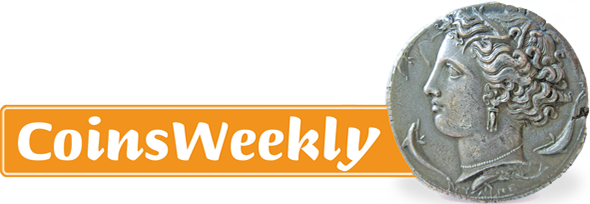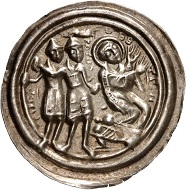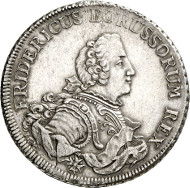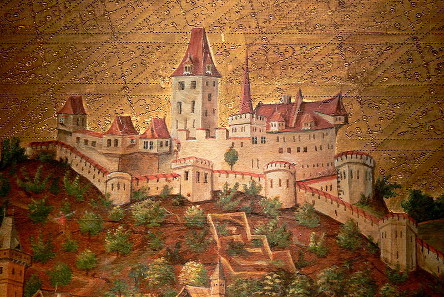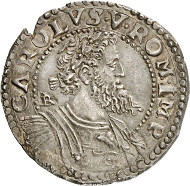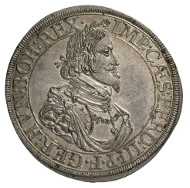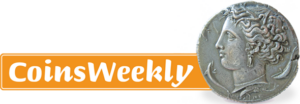The Jews, enemies of Christianity?
With the Professor Helmut Hahn collection, Künker will offer an exquisite collection of bracteates in his Berlin Auction on February 1, 2018. These high-medieval pfennigs are first-class works of art and provide an insight into the thought of the time, for instance, how the Christian majority saw their Jewish fellow citizens.






